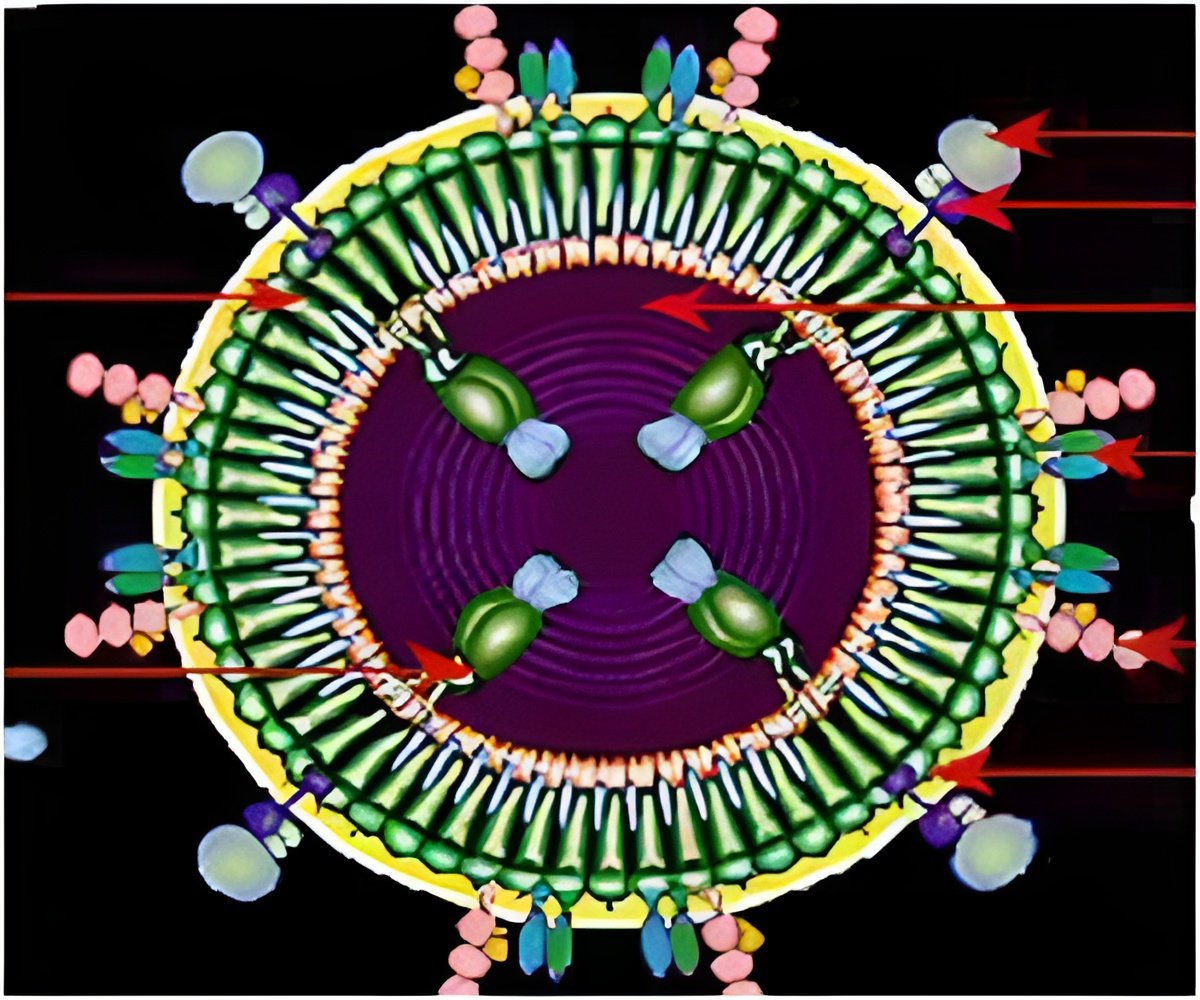
"What we tried to do was to learn how those [effective] antibodies developed over the course of natural infection and attempt to guide the immune response in the direction of what we know works in certain HIV-infected individuals," said structural biologist Jean-Philippe Julien, who is presenting the work in Hawaii.
He conducted the research under the direction of Professors Ian Wilson and William Schief of The Scripps Research Institute. The work was funded by the International AIDS Vaccine Initiative Neutralizing Antibody Center, the Scripps Center for HIV/AIDS Vaccine Immunology and Immunogen Discovery, and the National Institute of Allergy and Infectious Diseases (one of the National Institutes of Health). Additional support was provided through a Canadian Institutes of Health Research fellowship.
Julien cautioned that the work might not, by itself, be the final answer that shows how to make an effective HIV/AIDS vaccine – but it is a step in the right direction. Most likely, Julien said, any future HIV/AIDS vaccine would combine multiple biological components in order to give the broadest possible protection against the virus.
He added that their candidate molecule was able to achieve the desired immune reactions in the test tube, and they are currently testing it in animals to see if it is able to kick start the desired immune response. If those experiments go well, he said, further studies will examine whether it can protect animals against infection, and human trials for safety and vaccine efficacy would be next – though it may be years before those results are known.
While designing a vaccine against any pathogen is a long, hard process, HIV has been particularly difficult, and despite decades of efforts and hundreds of millions of dollars spent in the process, we still do not yet have an effective vaccine that can prevent infection.
Advertisement
Source-Eurekalert









